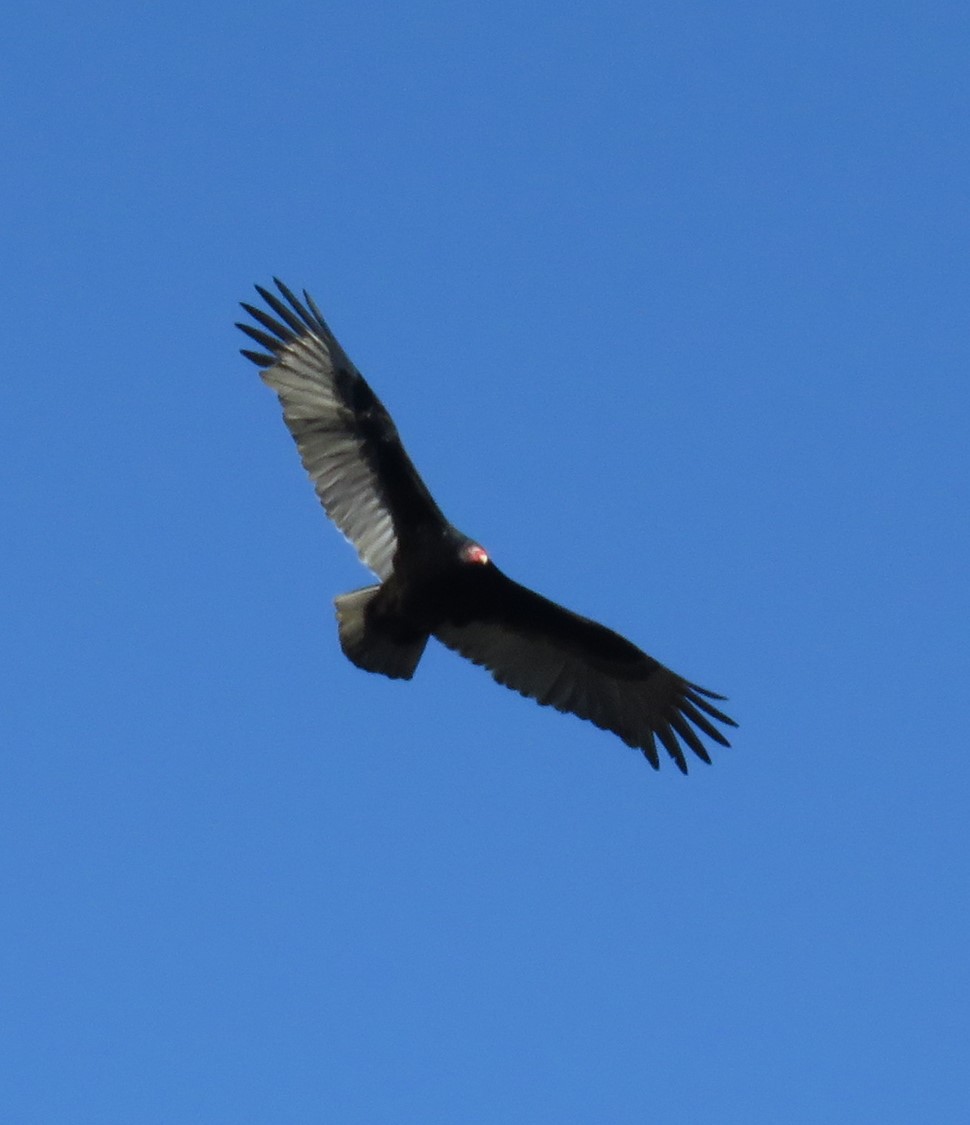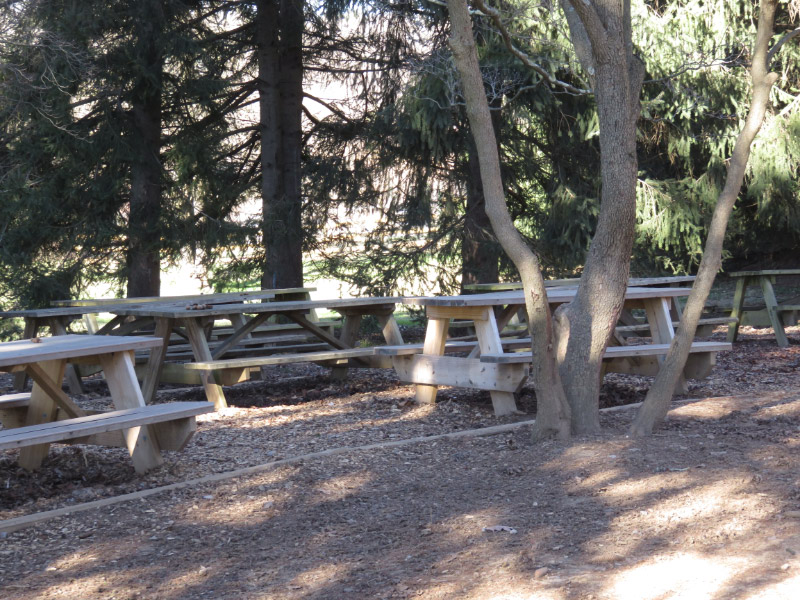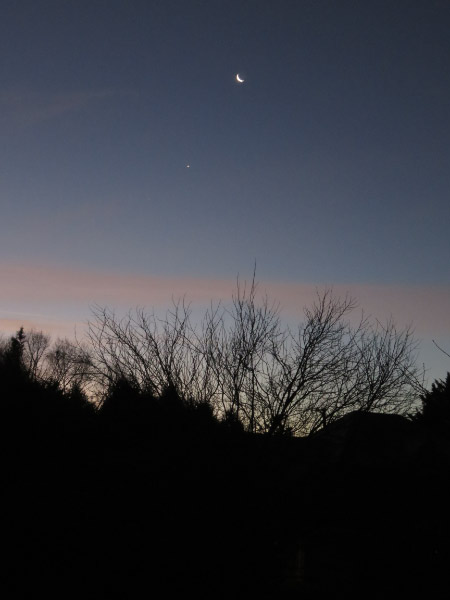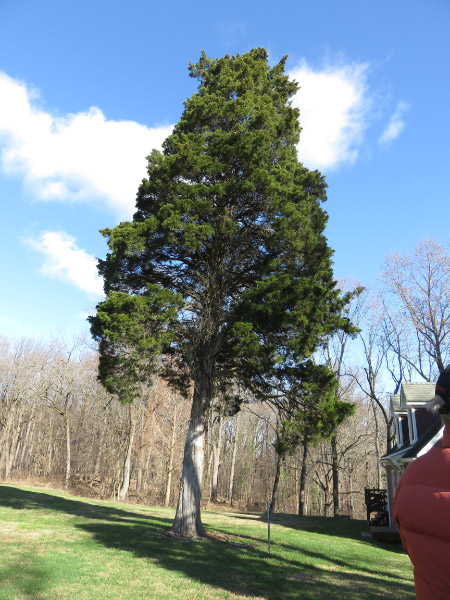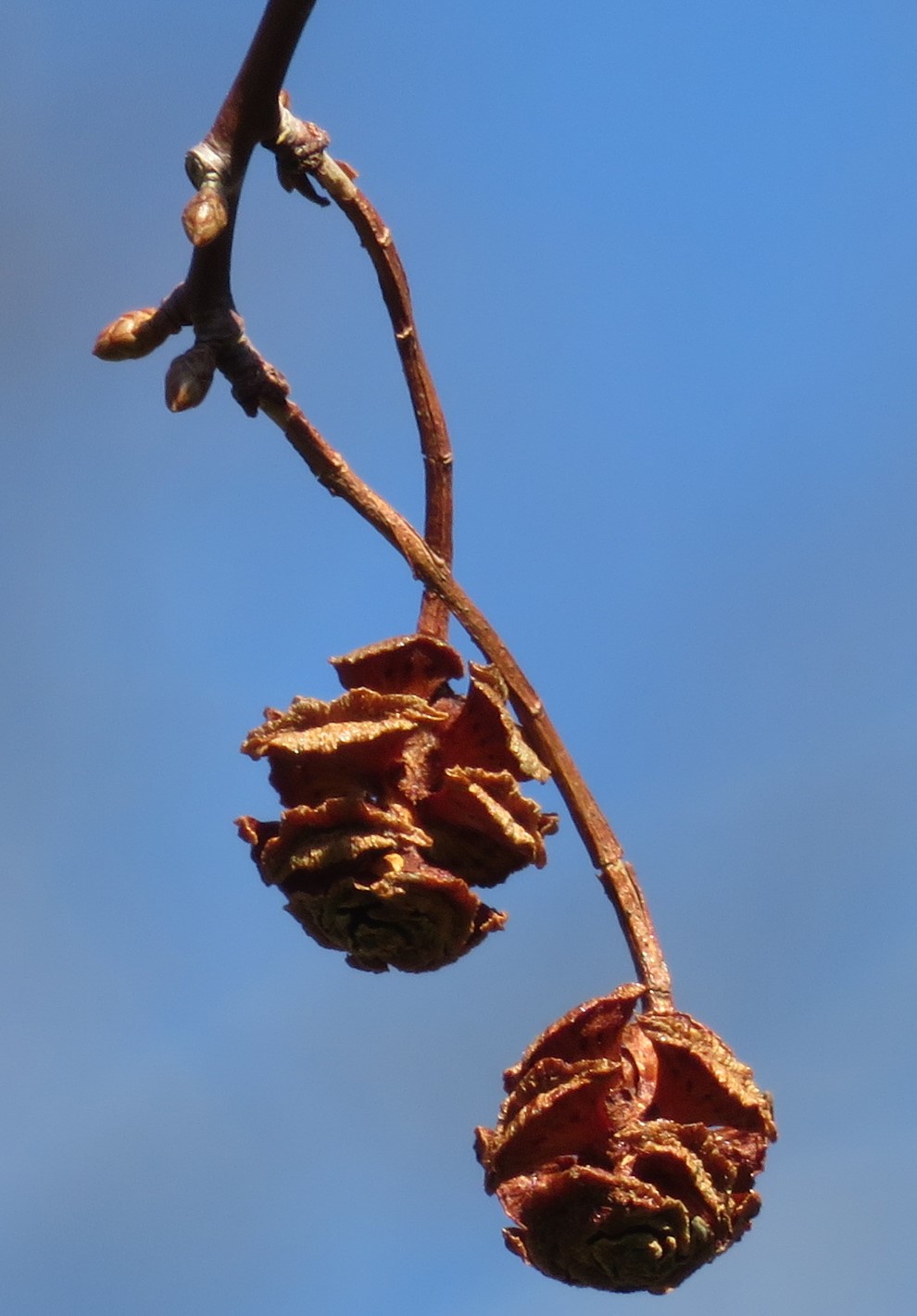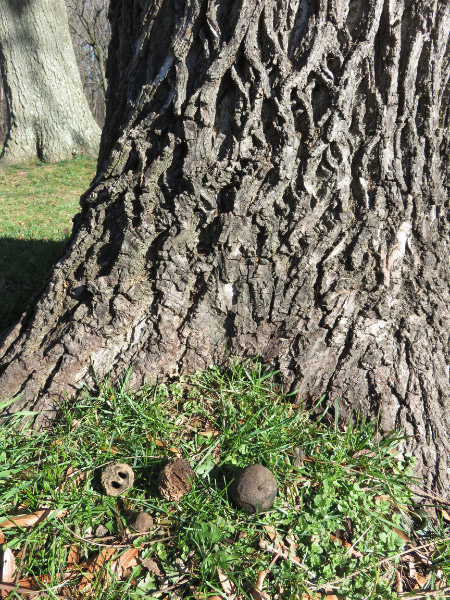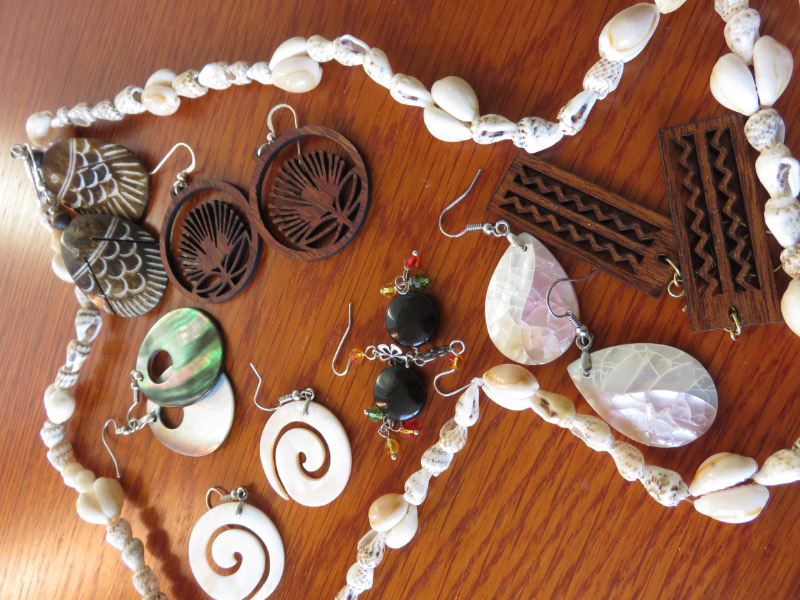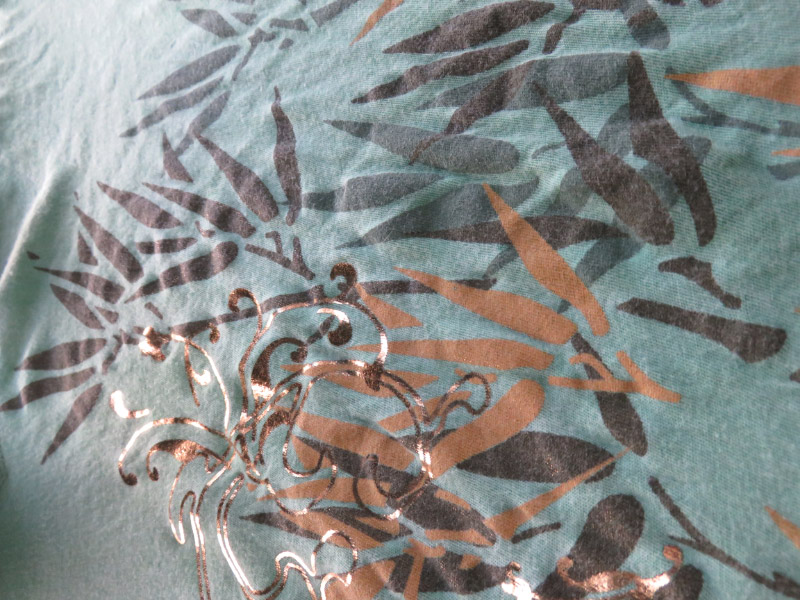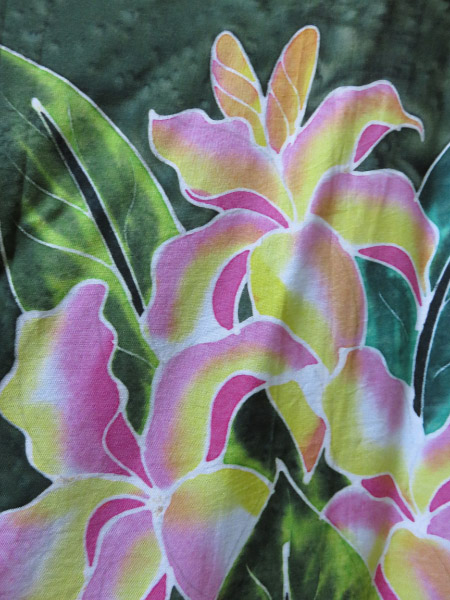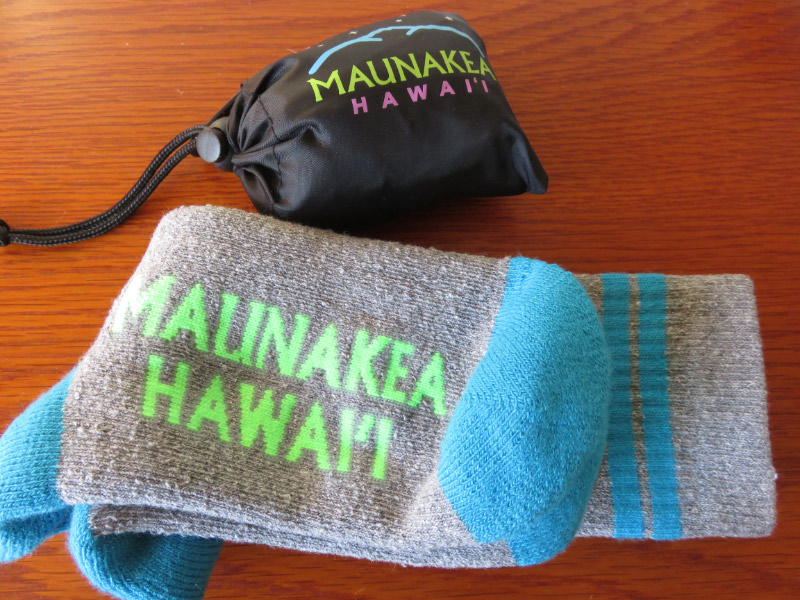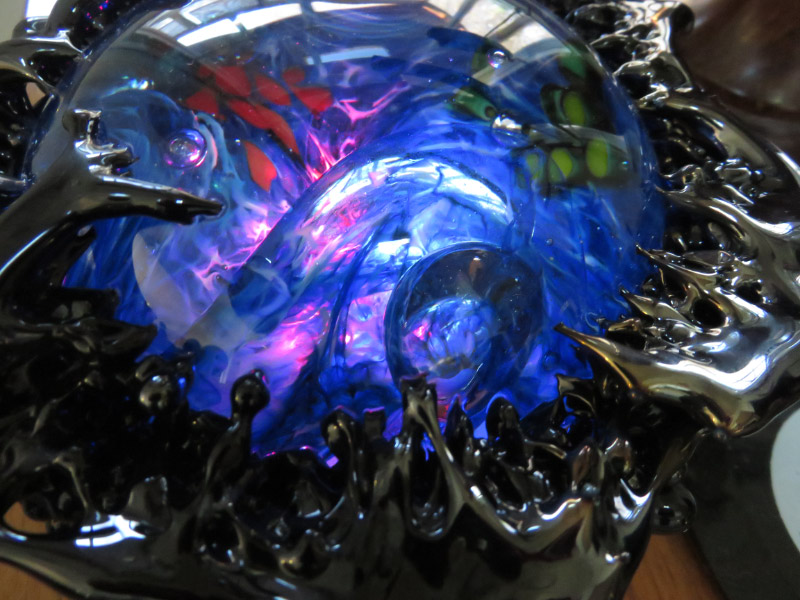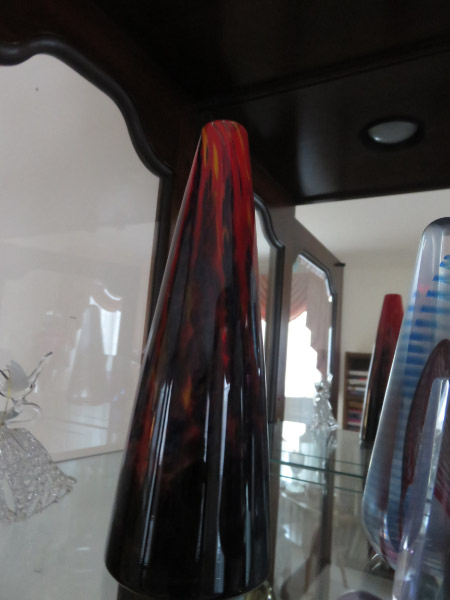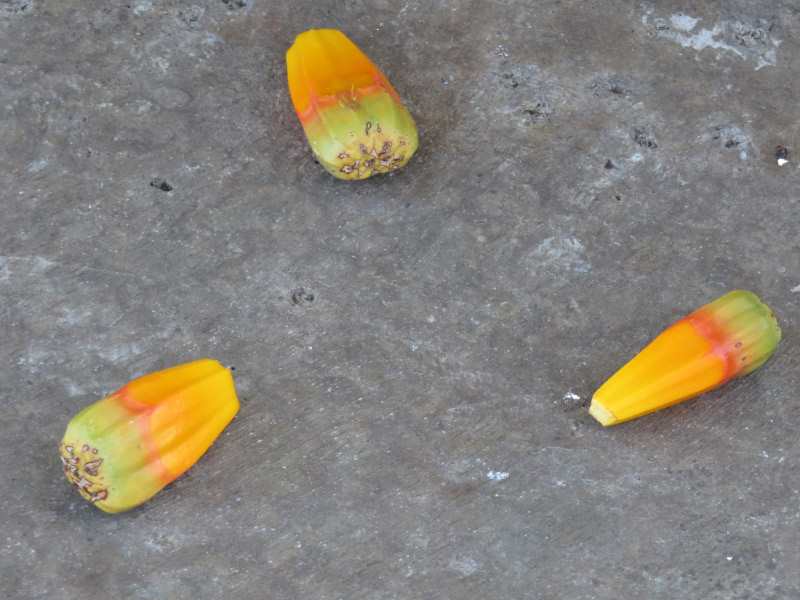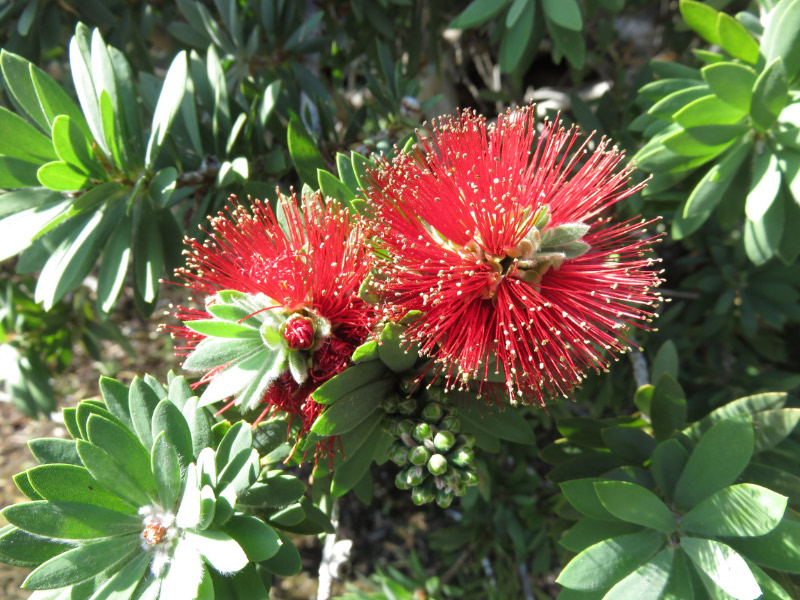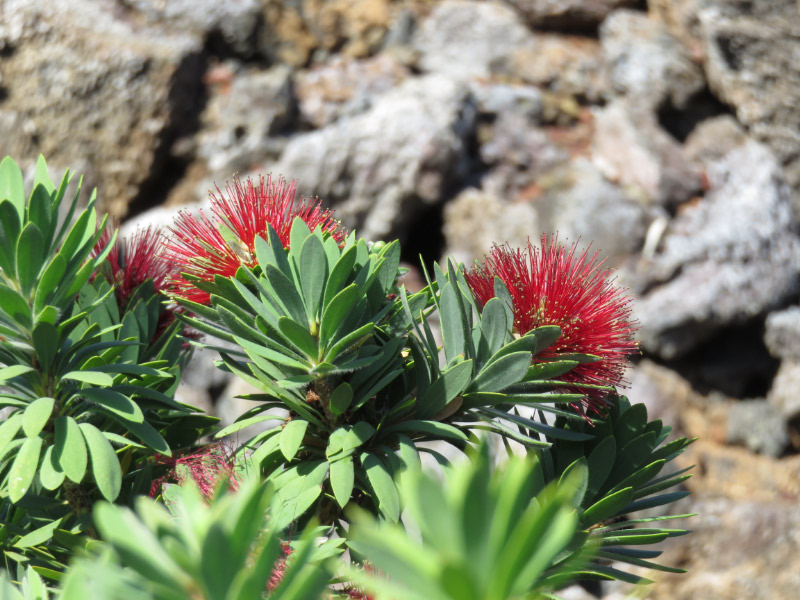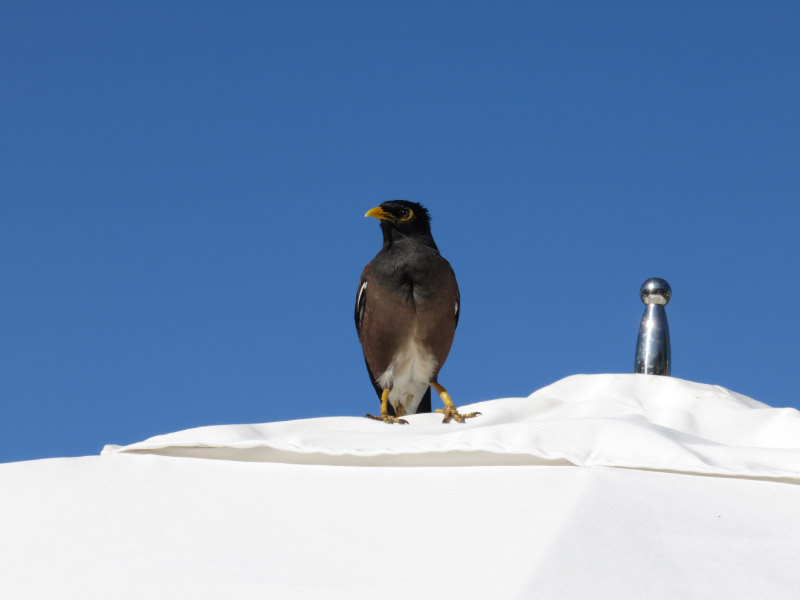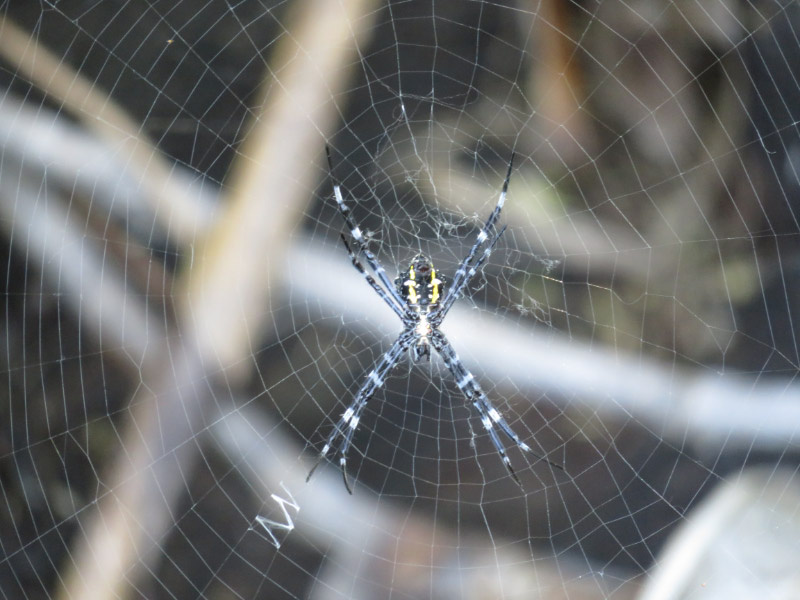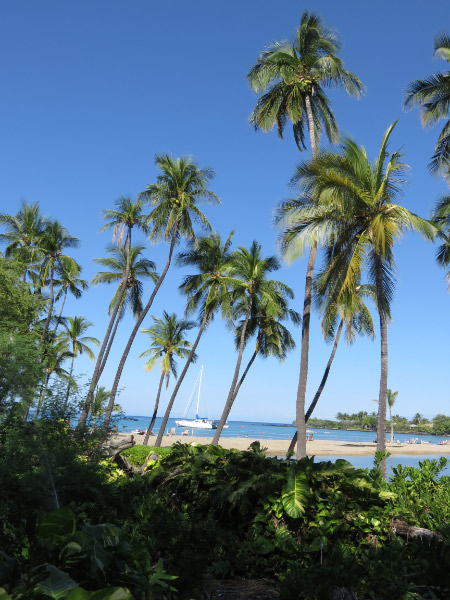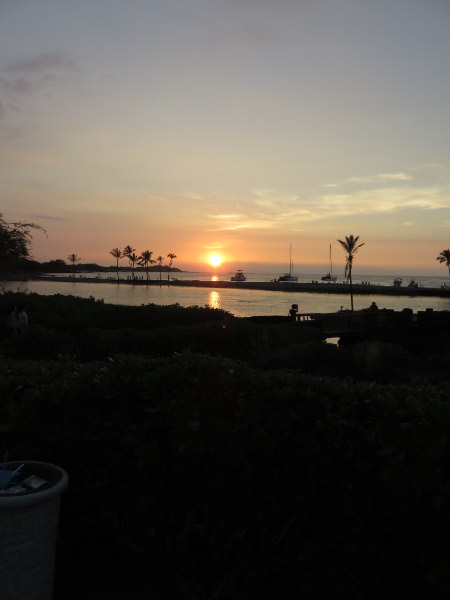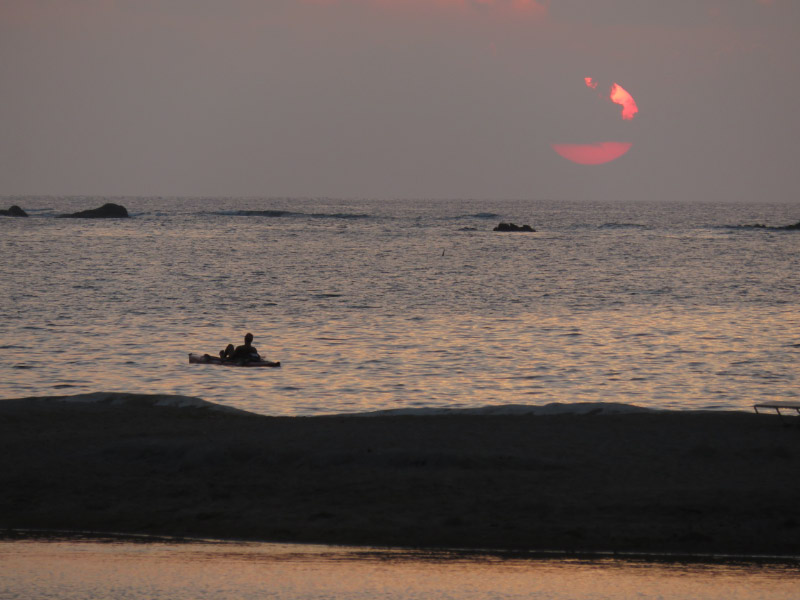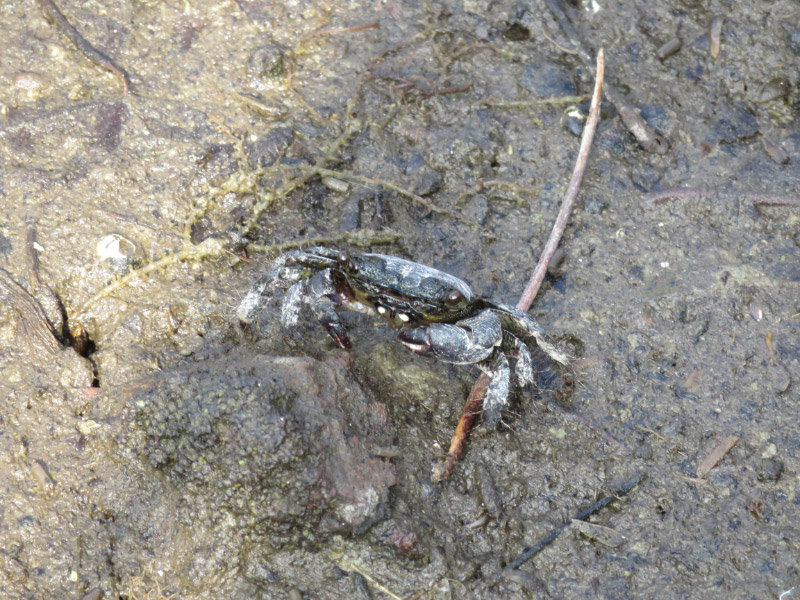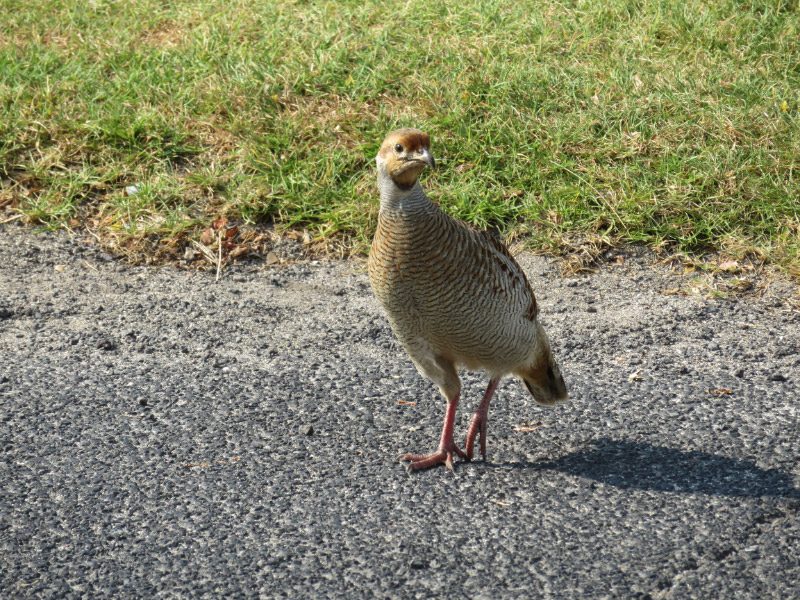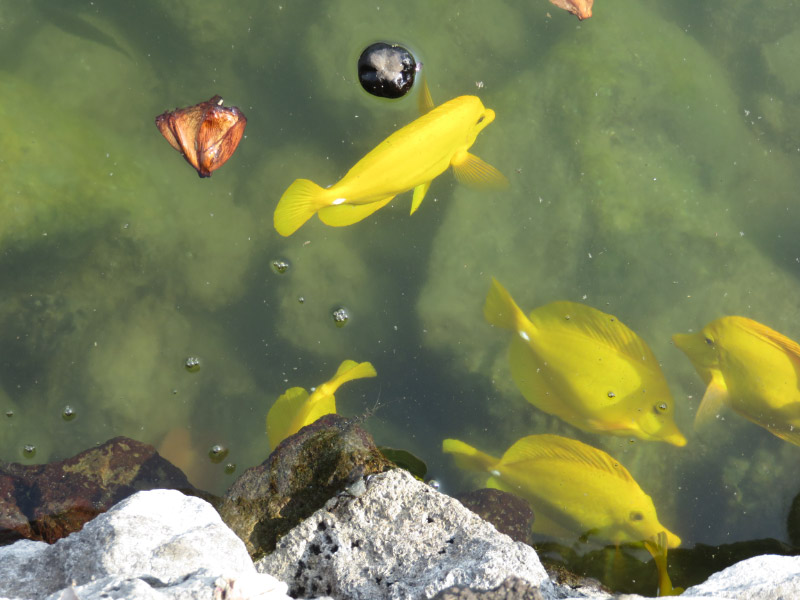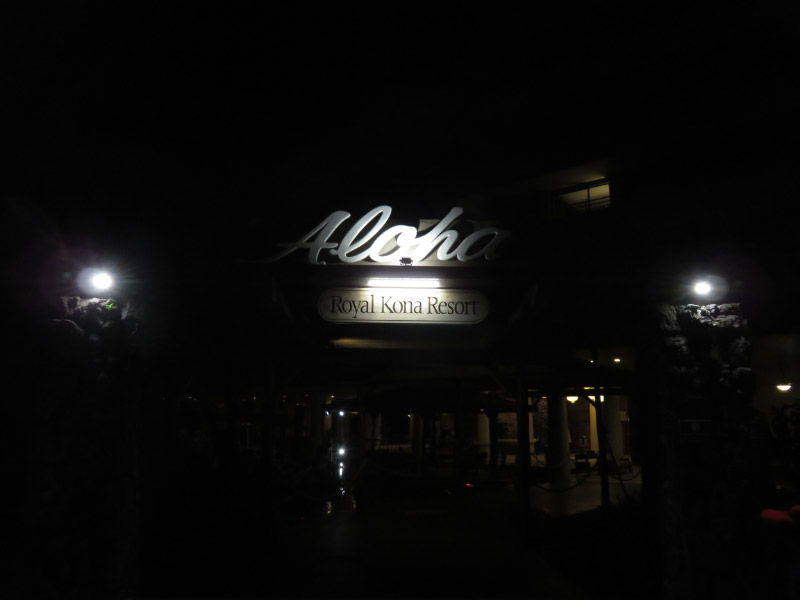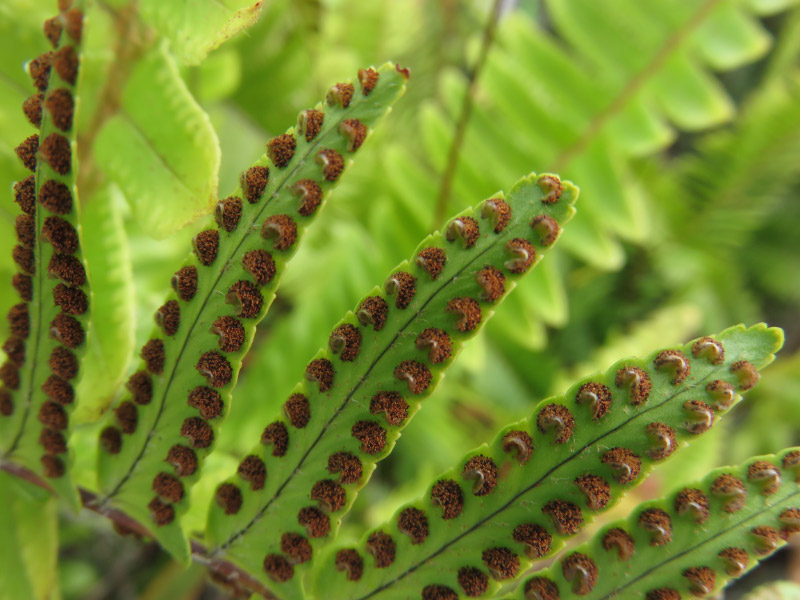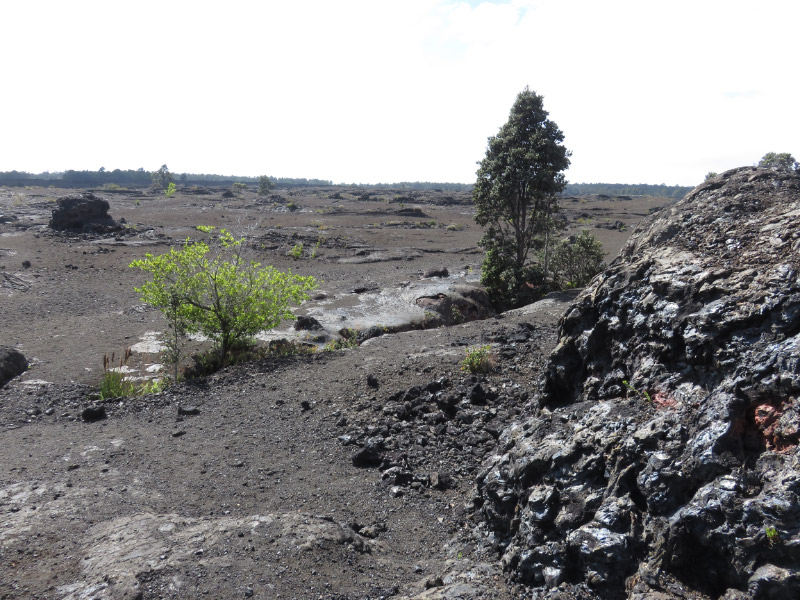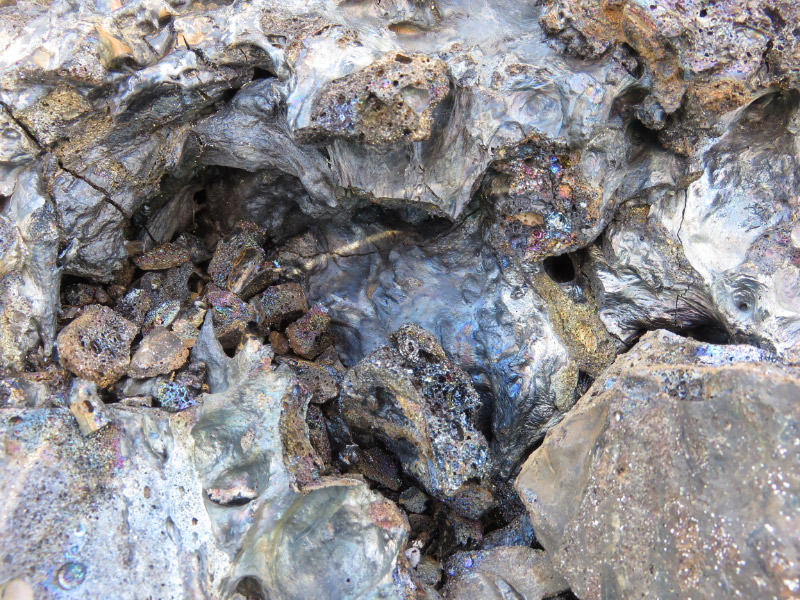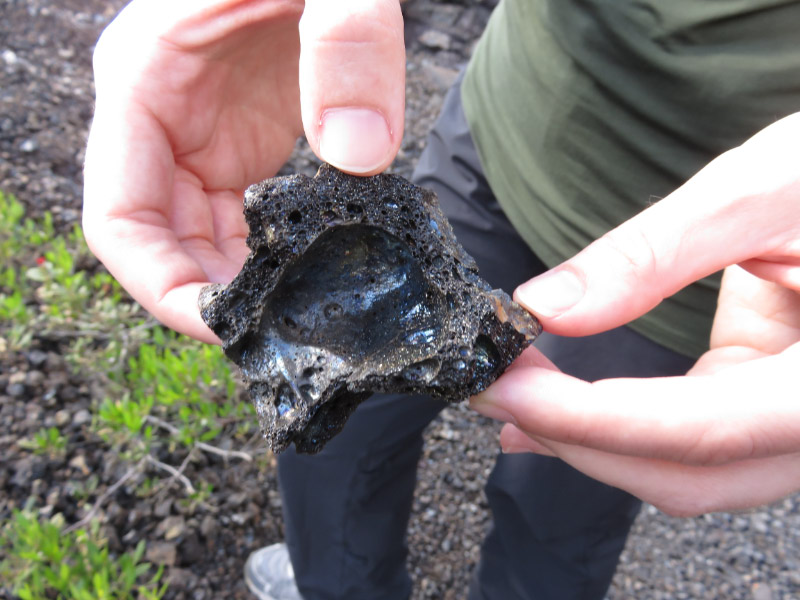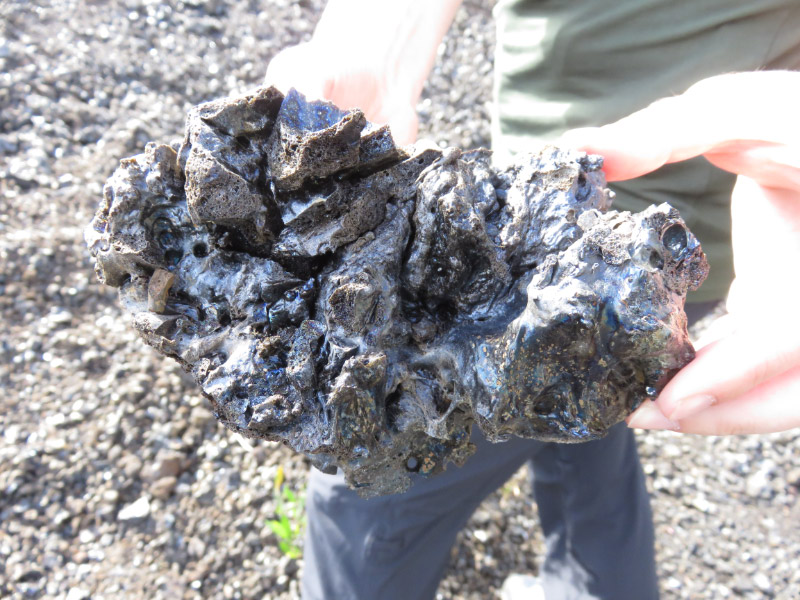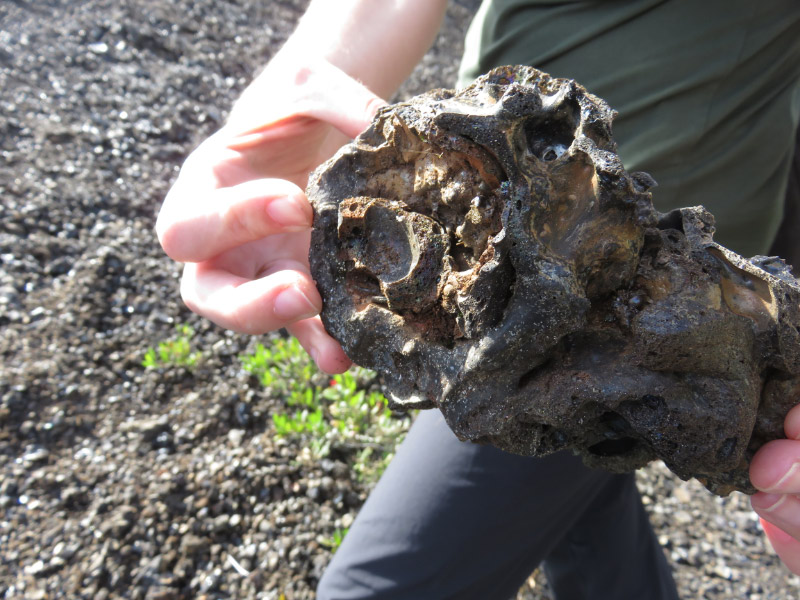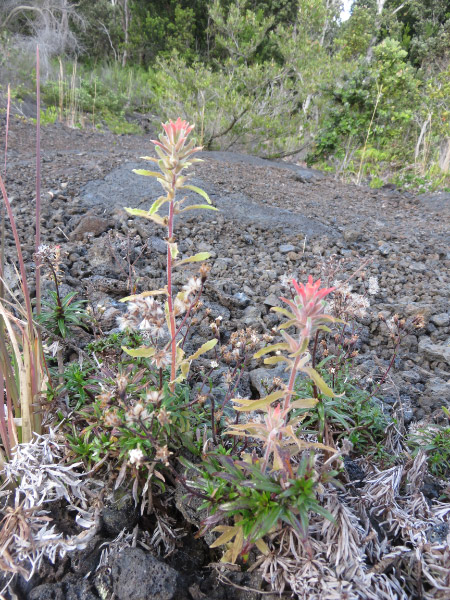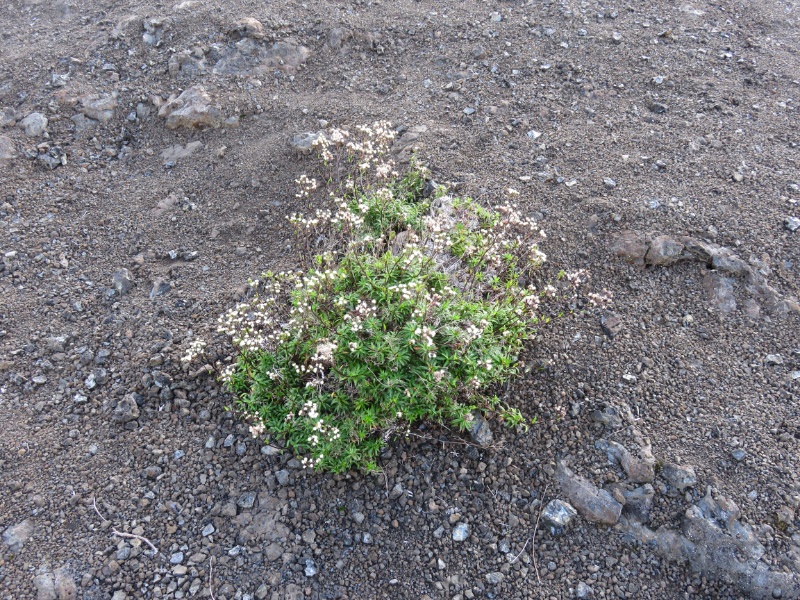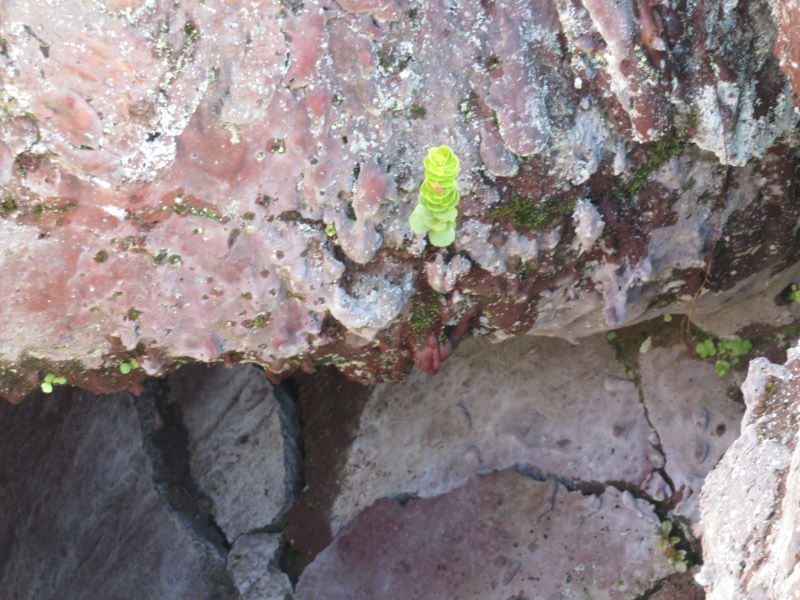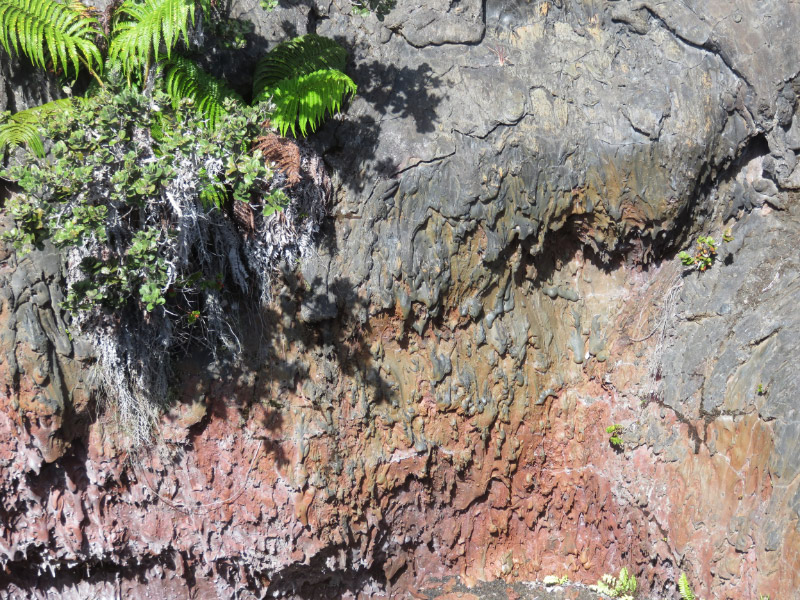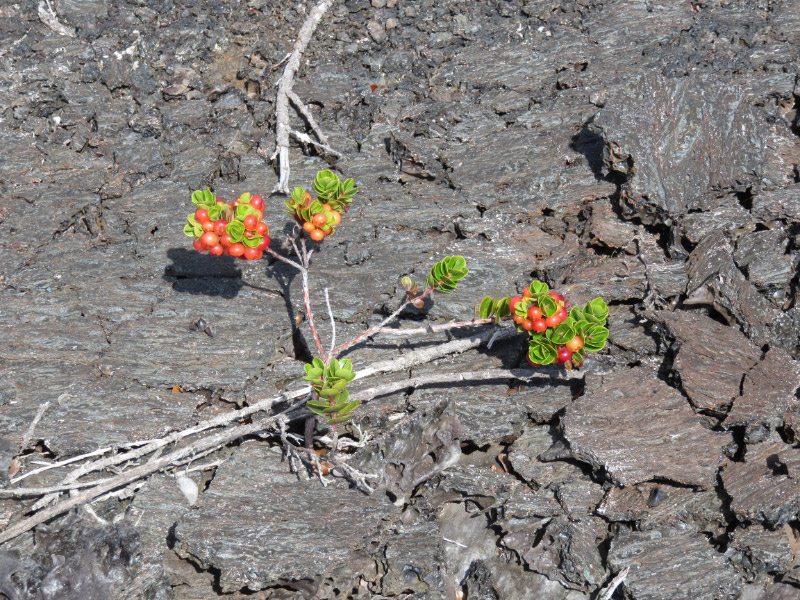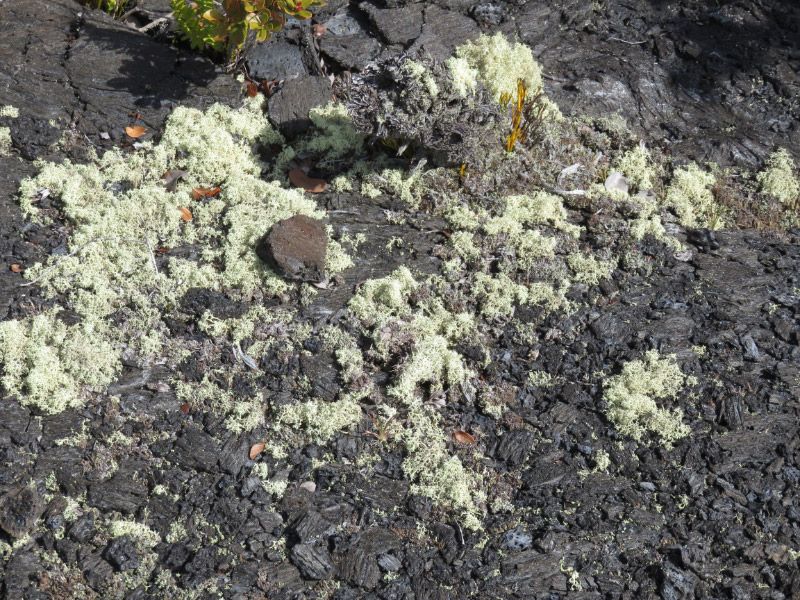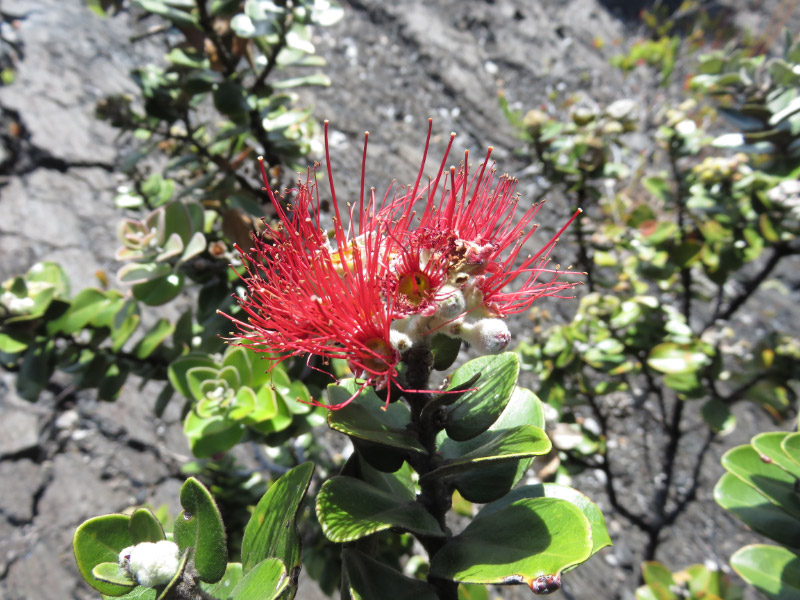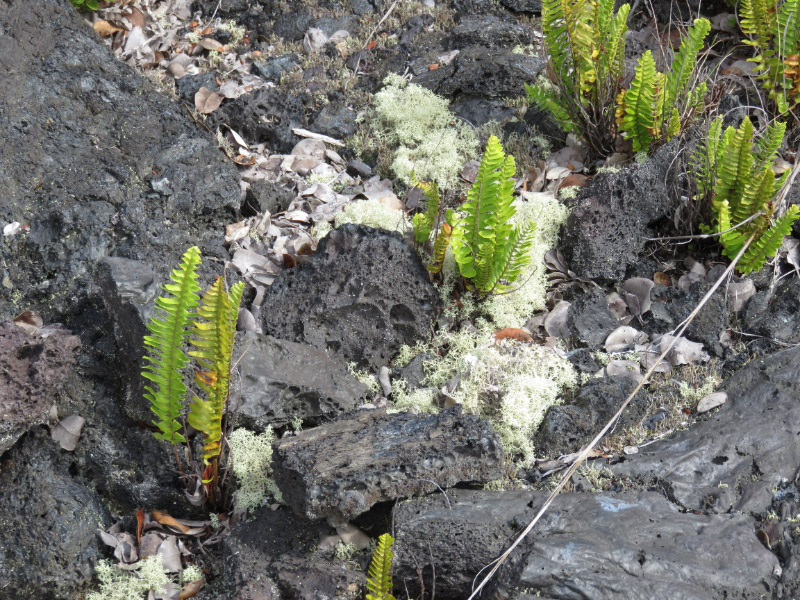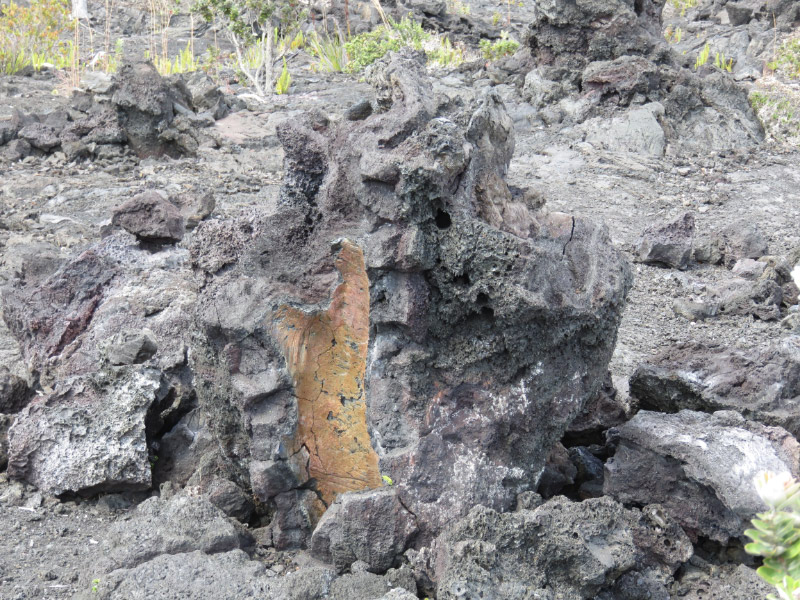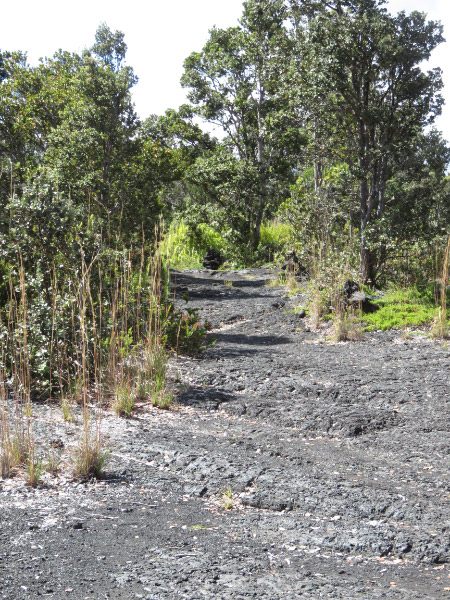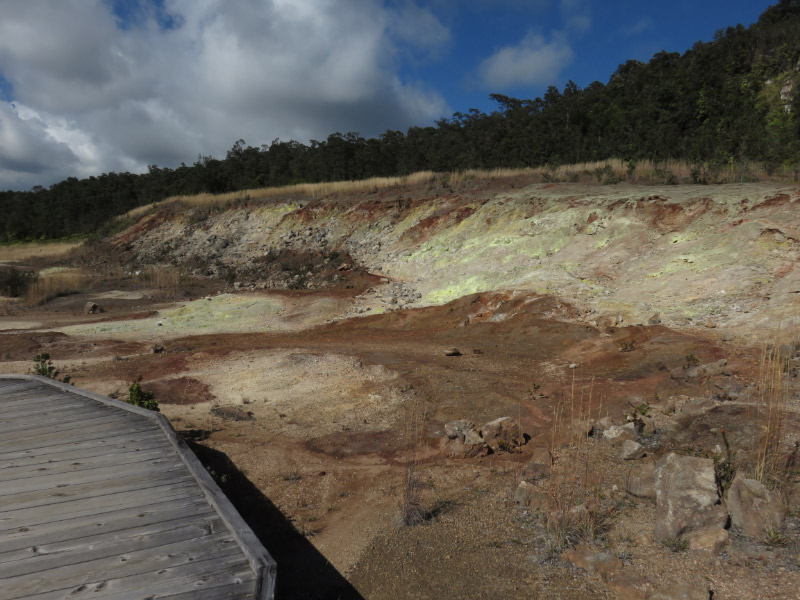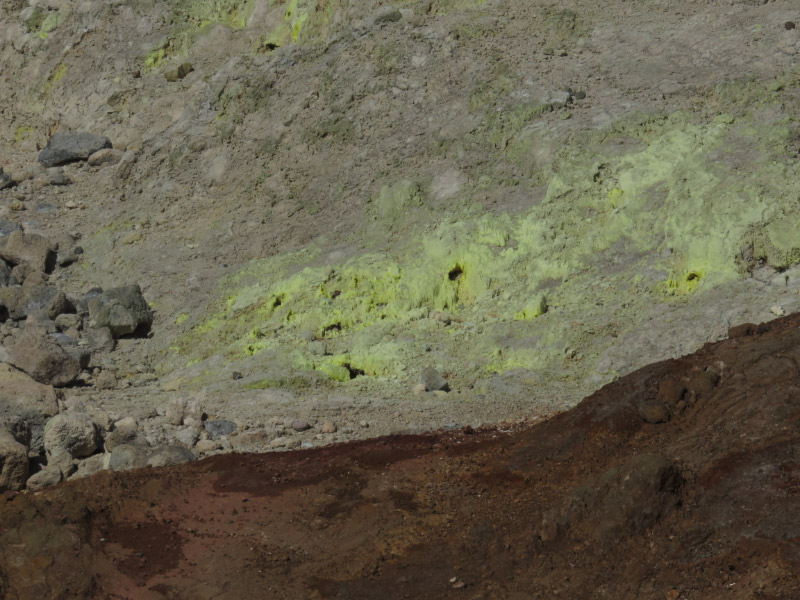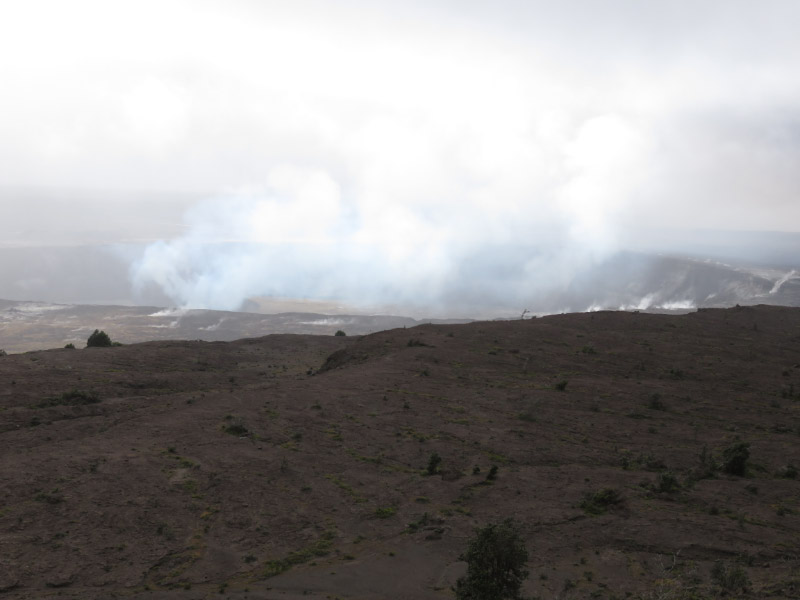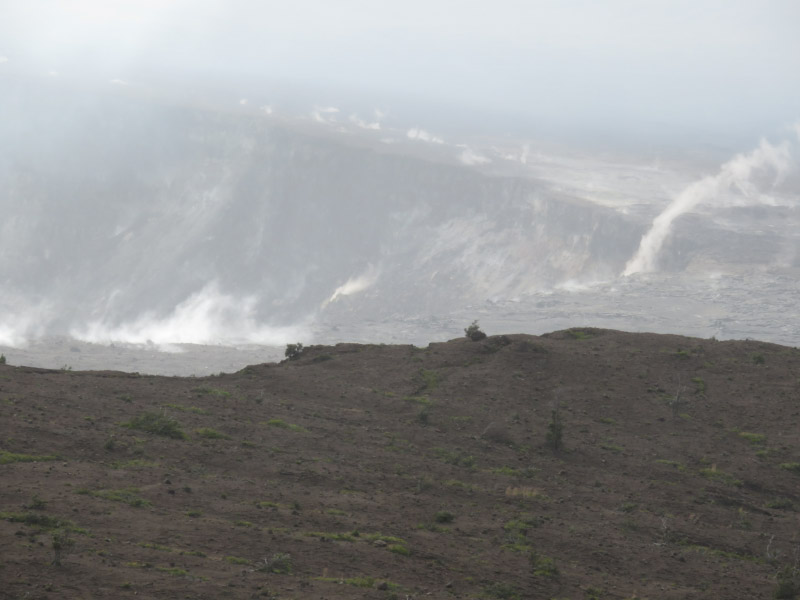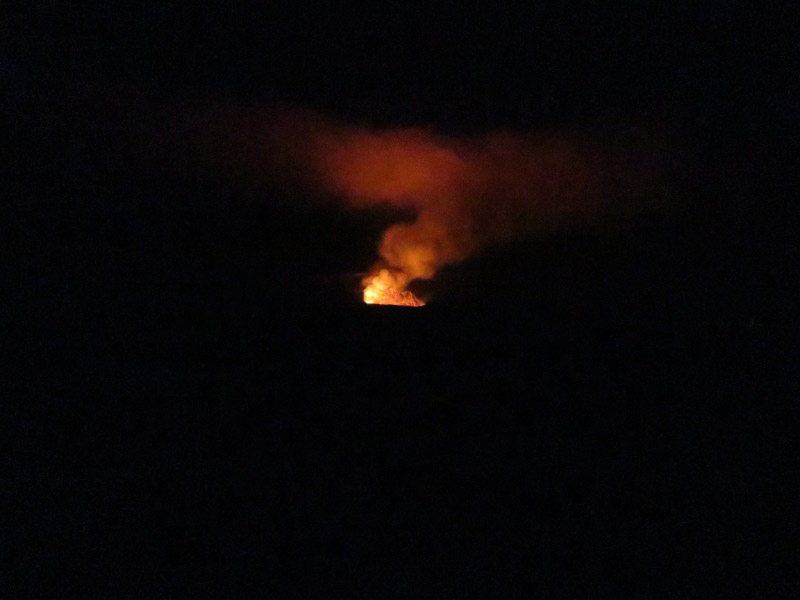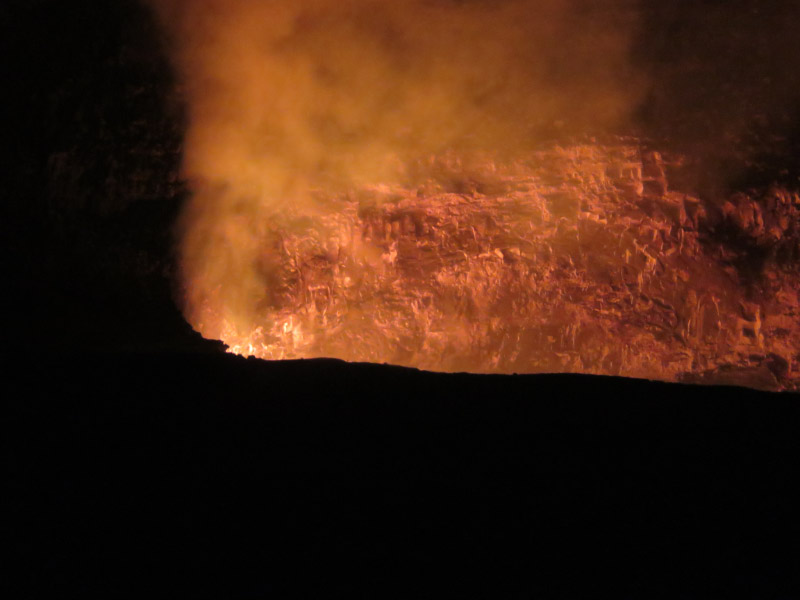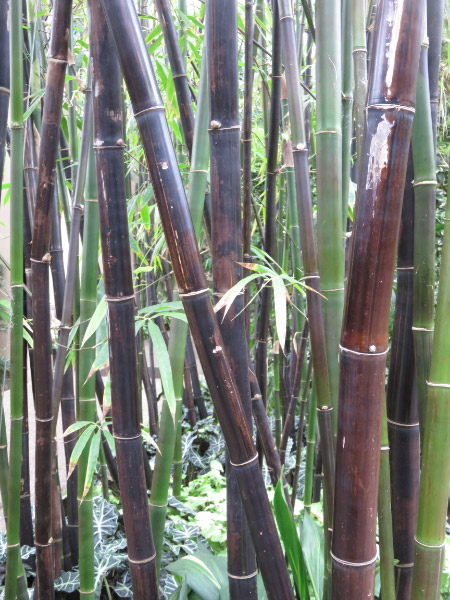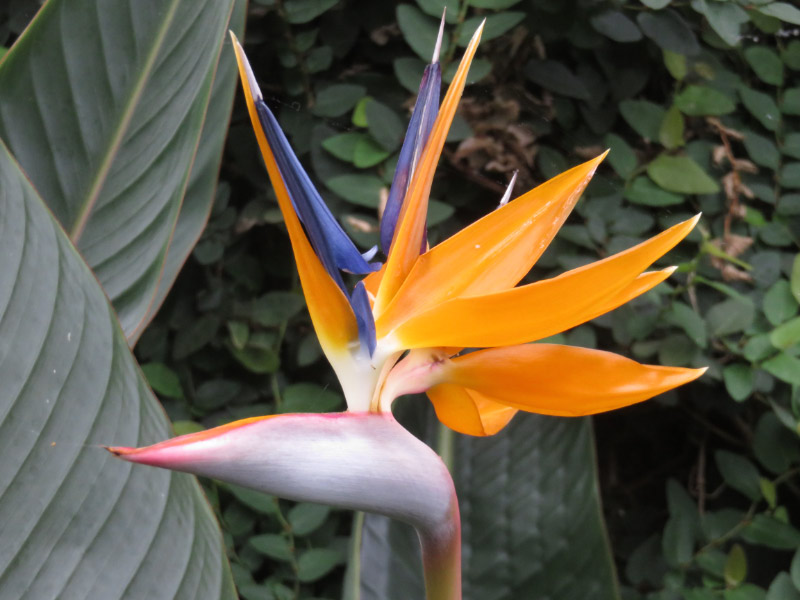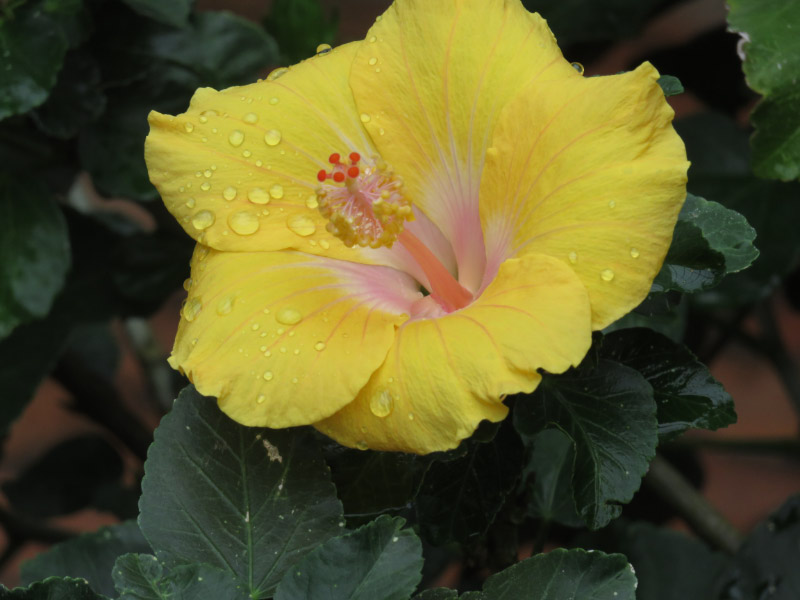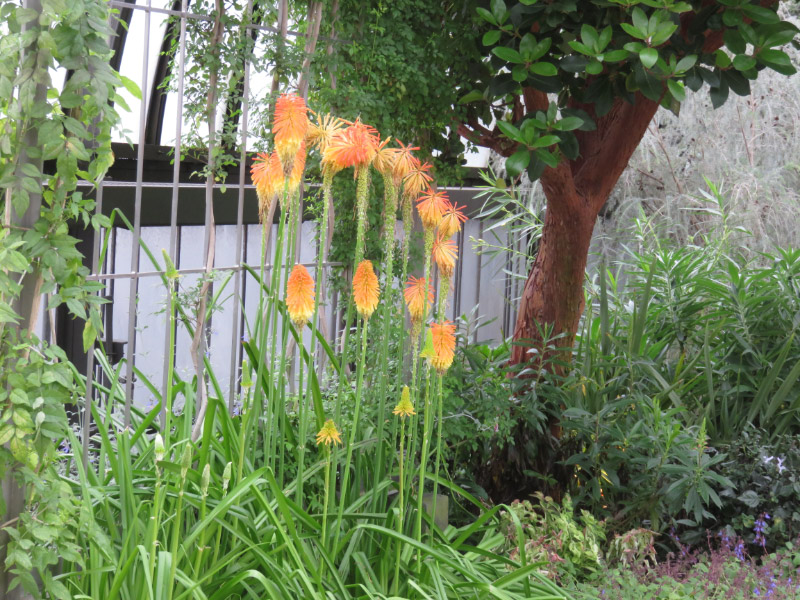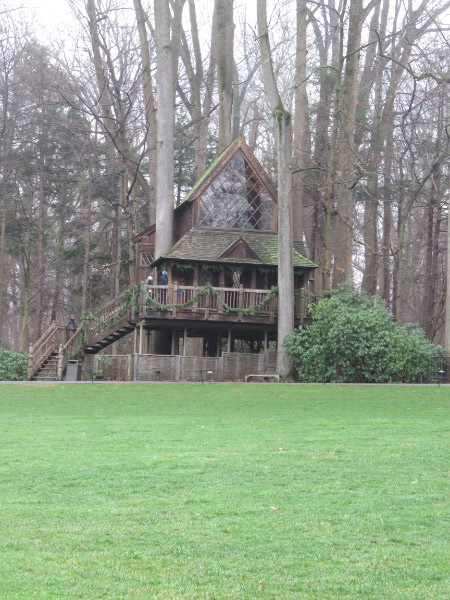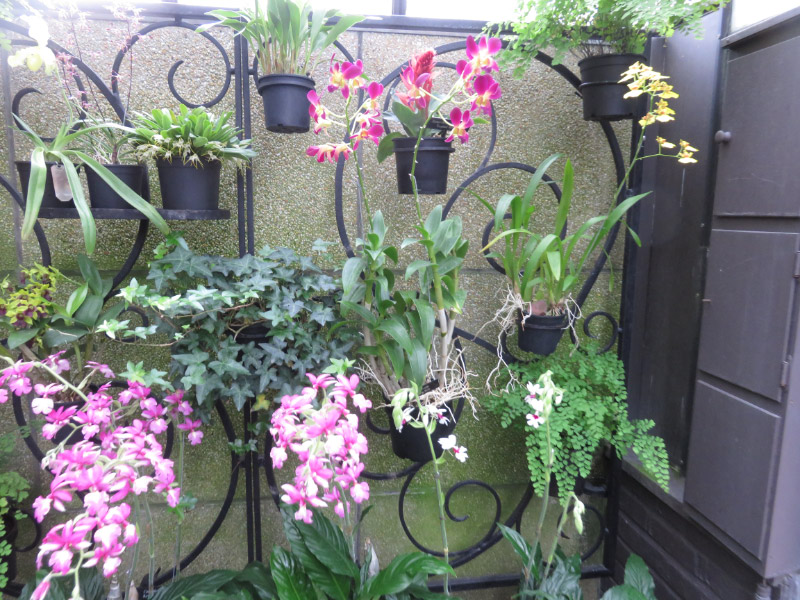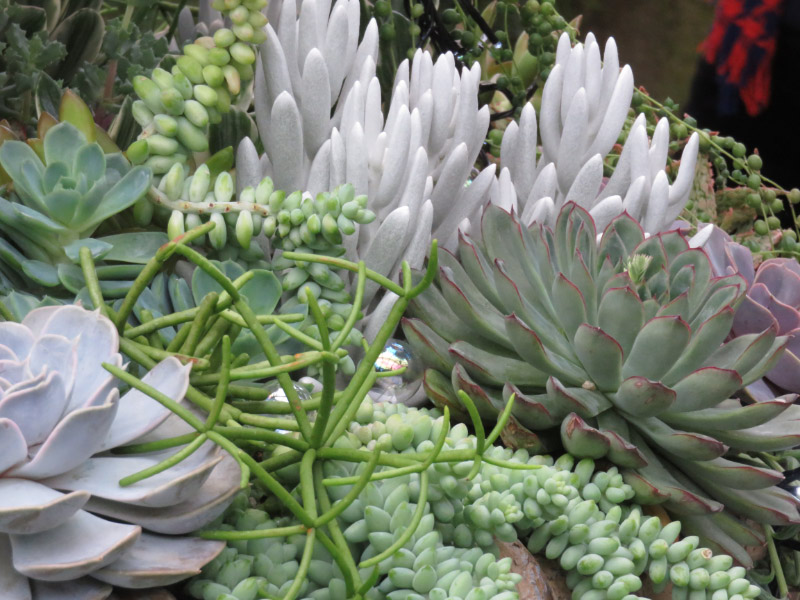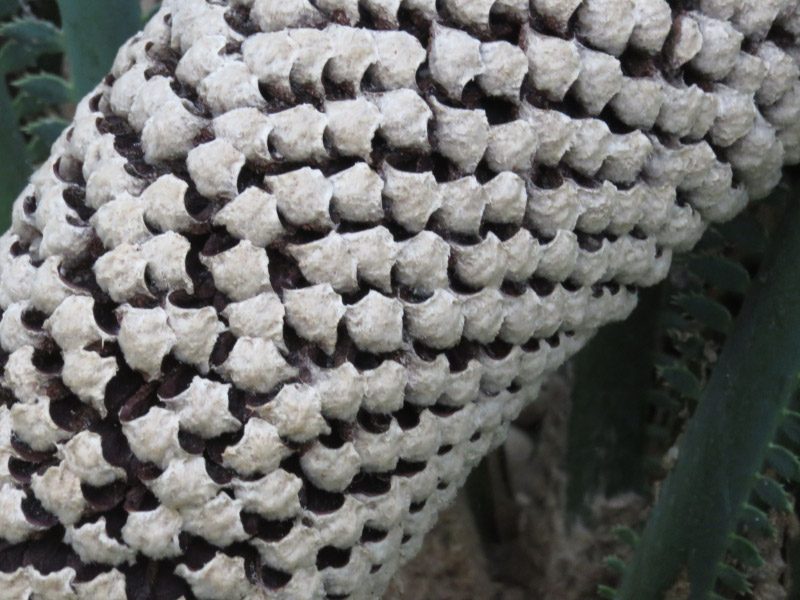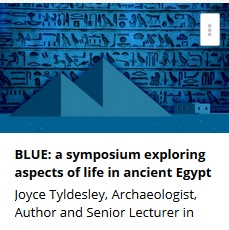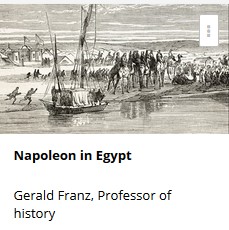The items below were ‘the cream’ of the articles and websites I found this past week. Click on the light green text to look at the article.
Here’s how climate will affect what we eat – Several alarming items from this post: “High quality chocolate will be less available in the future, and if you want it, you’ll have to pay a lot more for it” and crops that grow in small geographic areas (most things besides stables) will be most severely impacted. It appears that diets will become more standardized (maybe boring too).
A Breathtaking view of the World’s Oldest River System – The New River Gorge in West Virginia…maybe a vacation destination?
Mapping the National Parks – Topographic maps, national scenic trails, geologic maps, and remote sensing…there is a lot of information best displayed on a map!
Ancient city of Pompeii unveils restored homes – The results of 12 projects done by a 2012 partnership been the EUs European Commission and Italian authorities. I was glad to see that some restoration work is being done; the many tourists take a toll on the site.
The Best of Cool Green Science: Birds & Birding Edition – Pointers to 10 birding posts from 2015 on The Nature Conservancy web site.
The Year in Food: Artificial Out, Innovation in (And 2 More Trends) – How many of the trends have you noticed? Some of the labeling (‘all natural’ and ‘clean’) is not well defined but it is pretty clear that consumers are voting with the dollars – which forces the food system to respond. I know that we don’t go out to eat as often as we used to, do most of our grocery purchases around the periphery of the store, and compost the small amount of food parings we don’t eat.
Mapping 260 years of Global Carbon Emissions – A short video map of the world that shows the global emissions from fossil fuel burning from 1750-2010.
Chocolate + Fresh Fruit = Easy, Impressive Vegan Desserts – All of these desserts look good to me….and they are on the healthier end of the spectrum for desserts!
These Are Our Favorite Earth Images of 2015 – The image of earth from space – awesome!
Appliance upgrades that save the most water, energy and cost – Thought provoking article. Sometimes deciding the ‘best bargain’ is more complex that we realize. One surprising result: one of the best appliances to update for water efficiency was the gas furnace, not the more intuitive shower head or dishwasher, because of the water associated with producing energy.
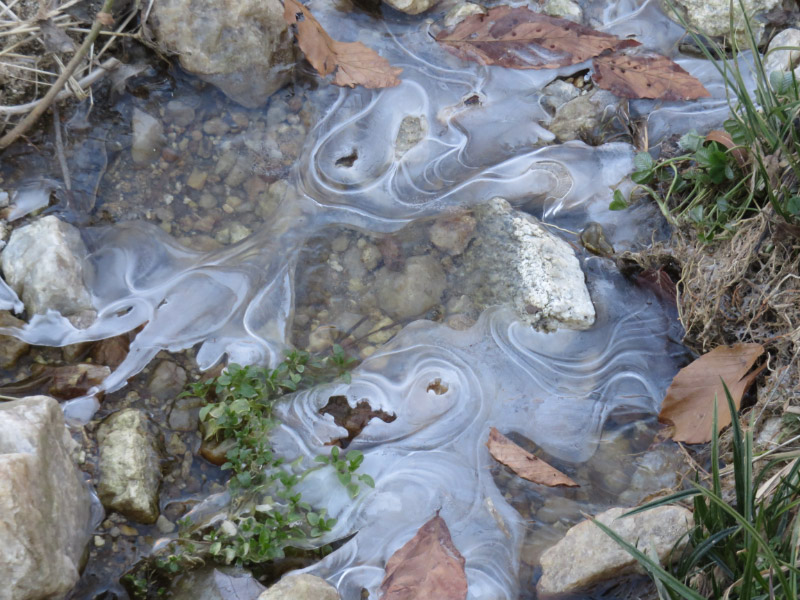 I took a walk with a ‘Winter Wellness’ group at the Howard County Conservancy’s Mt. Pleasant Farm early this month…on a very cold day. I didn’t take very many pictures because it was more important to walk quickly enough to keep warm. I liked the patterns the ice made along the edges of the Davis Branch – the contrasting colors of fallen leaves, the lighter rocks and pebbles…and a surprising amount of green.
I took a walk with a ‘Winter Wellness’ group at the Howard County Conservancy’s Mt. Pleasant Farm early this month…on a very cold day. I didn’t take very many pictures because it was more important to walk quickly enough to keep warm. I liked the patterns the ice made along the edges of the Davis Branch – the contrasting colors of fallen leaves, the lighter rocks and pebbles…and a surprising amount of green.